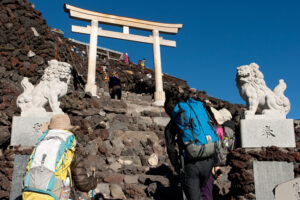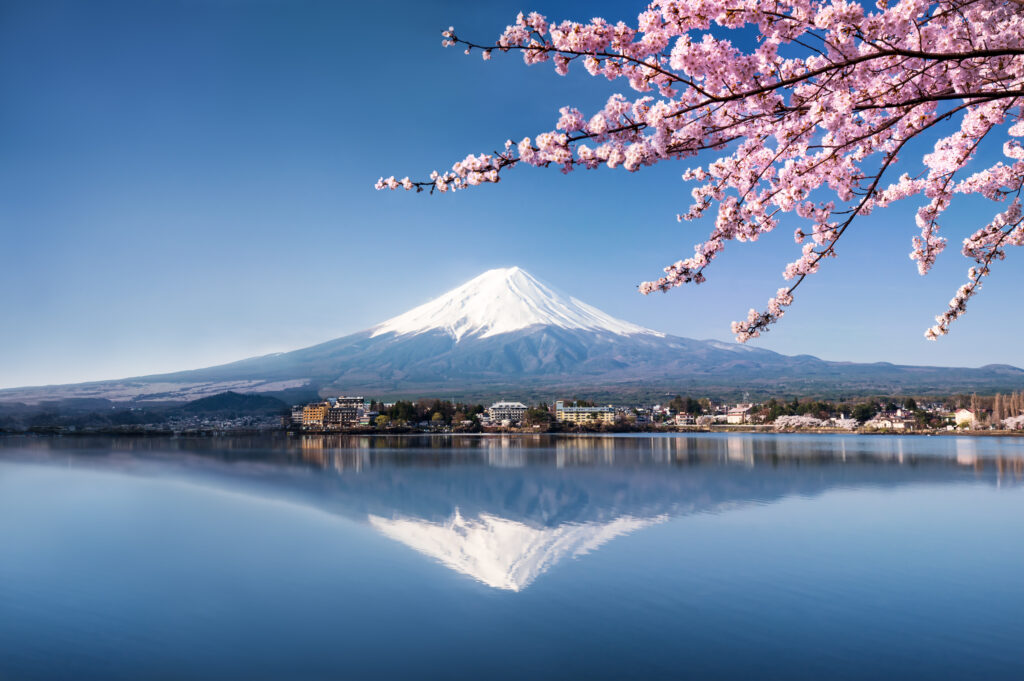Mount Fuji, one of Japan’s most iconic symbols, is admired by many from afar, yet only a few endeavour to climb to the summit of this tallest peak in the nation.
When can you climb? The official climbing season opens from early July to early September.
Who Can Climb? Mount Fuji is accessible to a wide range of hikers, from novices to experienced climbers. It is essential to be in a good physical condition and properly prepared mentally and also equipment wise.
Preparation and Awareness: Climbers should be aware of the challenges posed by the mountain’s altitude, which can lead to altitude sickness. It’s crucial to acclimatize and stay hydrated. Also beware of the rapidly changing weather conditions even in the summer month be prepared for cold temperature and very strong winds.
Is It Dangerous? While climbing Mount Fuji within the peak season is considered safe with well-marked trails and facilities, there are risks involved. Altitude sickness, hypothermia, and physical injuries are potential dangers. Be prepared to take frequent breaks and wall along the inner edges aware from any potential rock slips. Good hiking boots with ankle support and socks are a must.
 Can a Beginner Do It? Yes, a beginner can climb Mount Fuji, especially if they choose the Yoshida Trail, which is the most popular and considered suitable for beginners. This trail offers mountain cabins and facilities along the way. It takes about six hours to ascend and four hours to descend. Best time is early morning and midweek to avoid the crowds as there is normally over 200,000 people climbing during the open period.
Can a Beginner Do It? Yes, a beginner can climb Mount Fuji, especially if they choose the Yoshida Trail, which is the most popular and considered suitable for beginners. This trail offers mountain cabins and facilities along the way. It takes about six hours to ascend and four hours to descend. Best time is early morning and midweek to avoid the crowds as there is normally over 200,000 people climbing during the open period.
What Equipment? Don’t worry is you don’t have hiking equipment as you are able to rent this.
- Hiking shoes and sticks.
- Backpack.
- Appropriate clothes that protect from wind, low temperatures and rain, especially gloves, hat, sunglasses and sun cream
- Portable oxygen canister
- Disposable het pack
- Rubbish bags
- A headlamp is essential for the night and it leaves your hands free for balancing.
- Snacks and drinks. Mountain huts sell meals and water, but the higher up it is, the pricier it gets.
- Cash! For toilets and mountain huts. Loose change is recommended.
Climbing Mount Fuji is an exhilarating experience that requires careful planning and respect for the mountain’s conditions. With the right preparation, even beginners can enjoy the journey to the summit and the unforgettable sunrise from the top.


